Ever feel you are not quite nailing it with your landscape photos? Something amiss but you cannot quite work out what it is? The fact is whilst landscapes are easy to shoot, they can be a very difficult genre to master.
There can be multiple reasons why your landscapes are not quite working. Some can be very subtle, some quite obvious. Often it can be a combination of factors, each on their own quite subtle but adding up to make the photo look wrong. Today we are going to look at 7 mistakes you might be making in your landscape photos.
The Wonky Horizon
Perhaps the most obvious mistake can also be one of the most subtle. It's easy to see a very wonky horizon when shooting but when the horizon is just off by a degree or two, it's not so obvious. Until you get the image on your computer screen. Then the problem will jump out at you.
So what can you do? Most cameras have both an electronic spirit level and a grid. Switch on one or both of these and align your horizon with them.
As a landscape photographer its a good bet you are using a tripod. Most tripods include spirit levels in horizontal and vertical planes. Make sure these line up well.

Always Going Wide
Many of the landscapes we see online or in magazines are super wide angle, sweeping vistas. However, landscapes are not defined by wide angles. Take a standard or telephoto with you next time you shoot and look at how versatile these lenses can be.
In every sweeping vista, there will be many details just waiting to be picked off by a telephoto. The change in perceived perspective of a telephoto can also add interest to a landscape by compressing the elements within the shot.
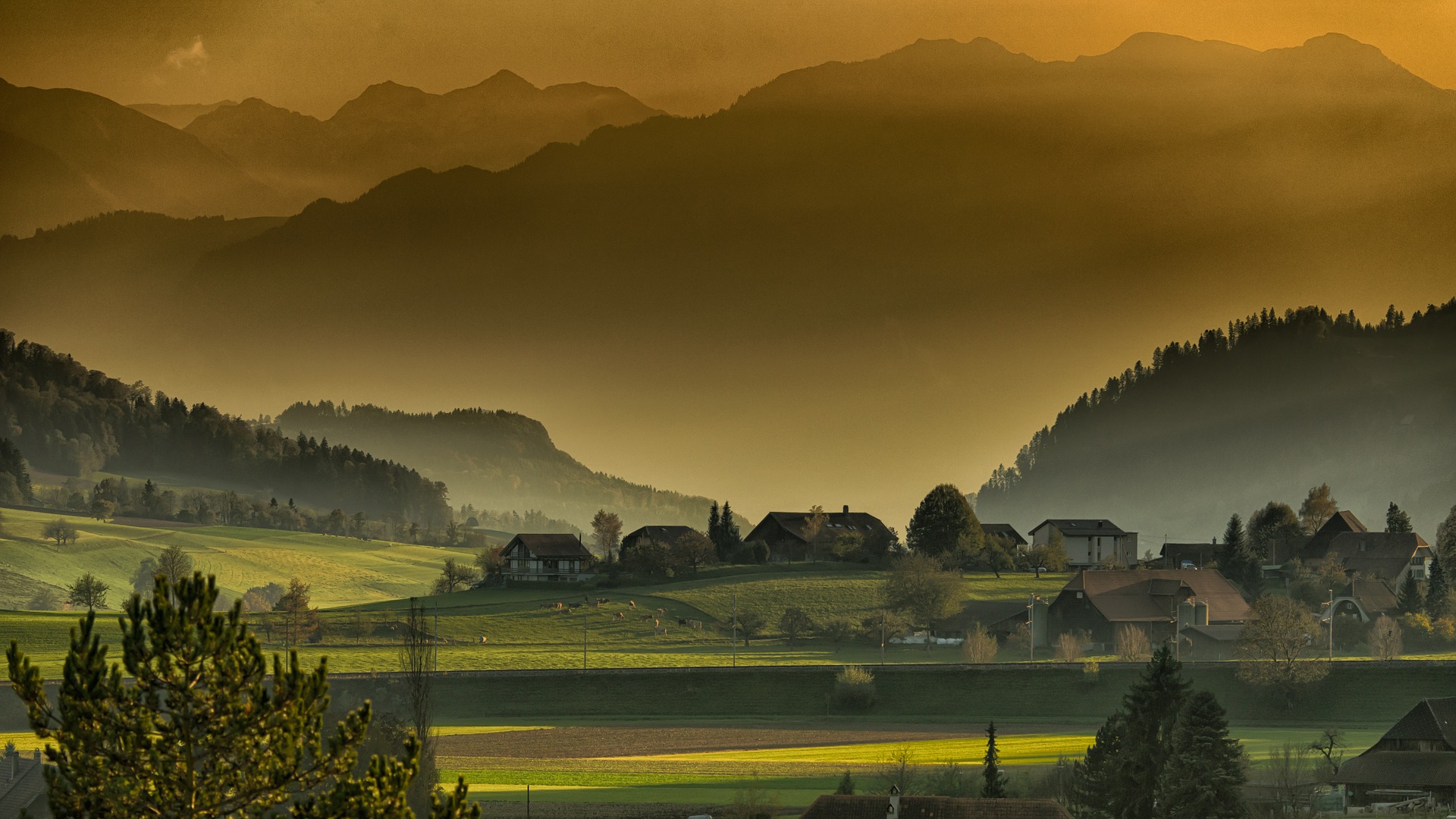
Blowing Out The Sky
We naturally seek to make the land part of our landscapes look stunning. To do this we will concentrate our exposure on the ground, sometimes to the detriment of the sky. As there is often a considerable contrast difference between ground and sky this can often lead to blown highlights (ie, pixels that are 100% white and have no detail in them).
Blown highlights cannot be recovered in post-production so we should always attempt to keep them inside the left of our histogram. To this we can:
- Expose for the sky and recover the ground in post-production
- Shoot an HDR exposure and merge images in post
- Shoot with a graduated ND to hold back the sky.
Having No Subject
Another common mistake for a newcomer to landscapes is not isolating a subject in the scene. A sweeping vista might look spectacular to the naked eye but when represented as a two-dimensional image, the viewer's eye will be looking for something to lock on too.
Always look for a focal point in your landscapes. It does not have to be big but it needs to be significant and somewhere in the background of the shot. Which leads us nicely to the foreground.
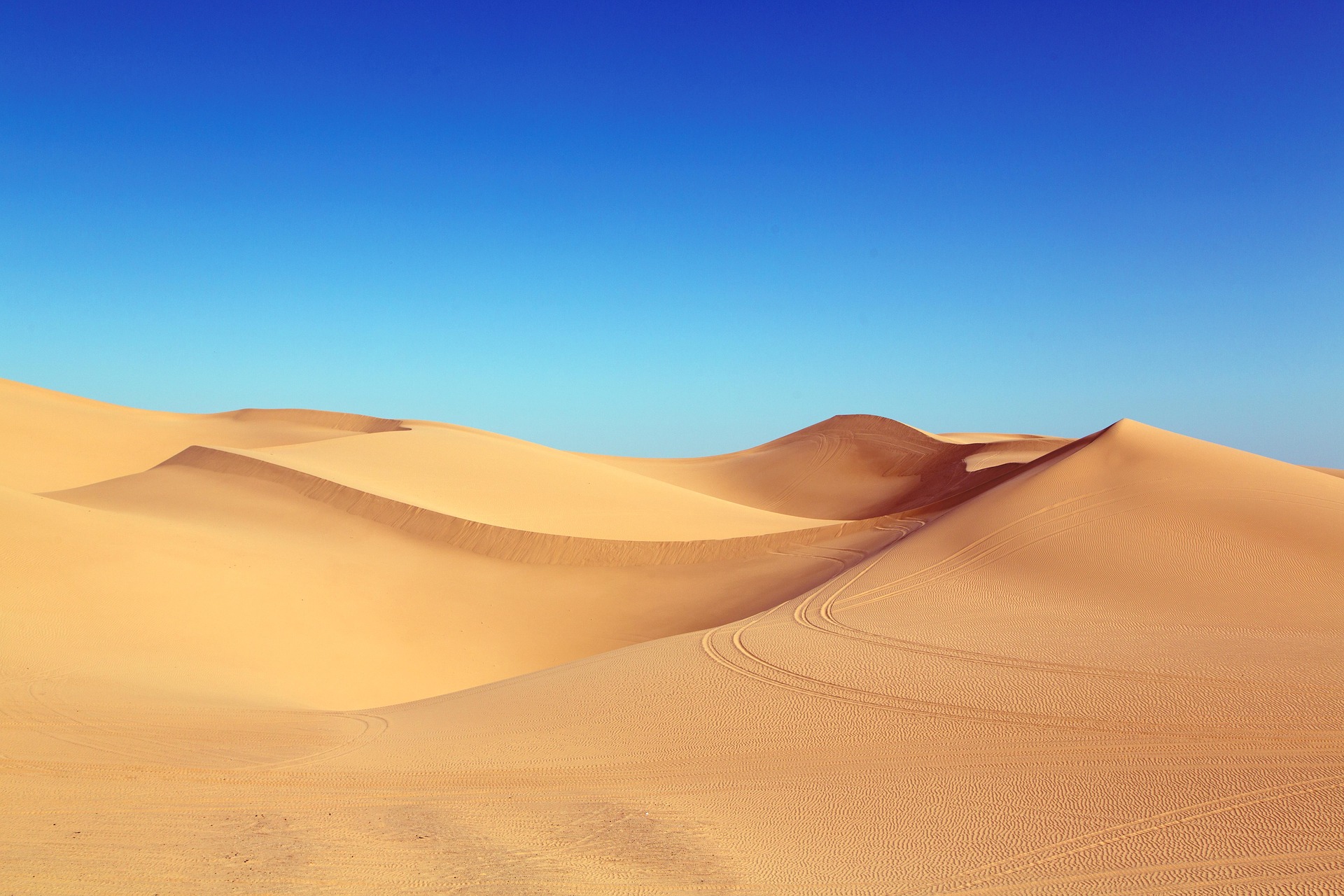
No Foreground Interest.
Another classic mistake is to ignore the foreground in landscapes. The foreground does not have to contain a subject, but its importance is in leading the eye through the image to subject and vista in the background.
If the foreground is something plain such as a uniformly green field of grass, our eyes may not wander through the photo, instead going directly to the subject in the background. If however, we have, for example a plowed field or a line of crops, these will immediately grab the viewers attention and lead their eye through.
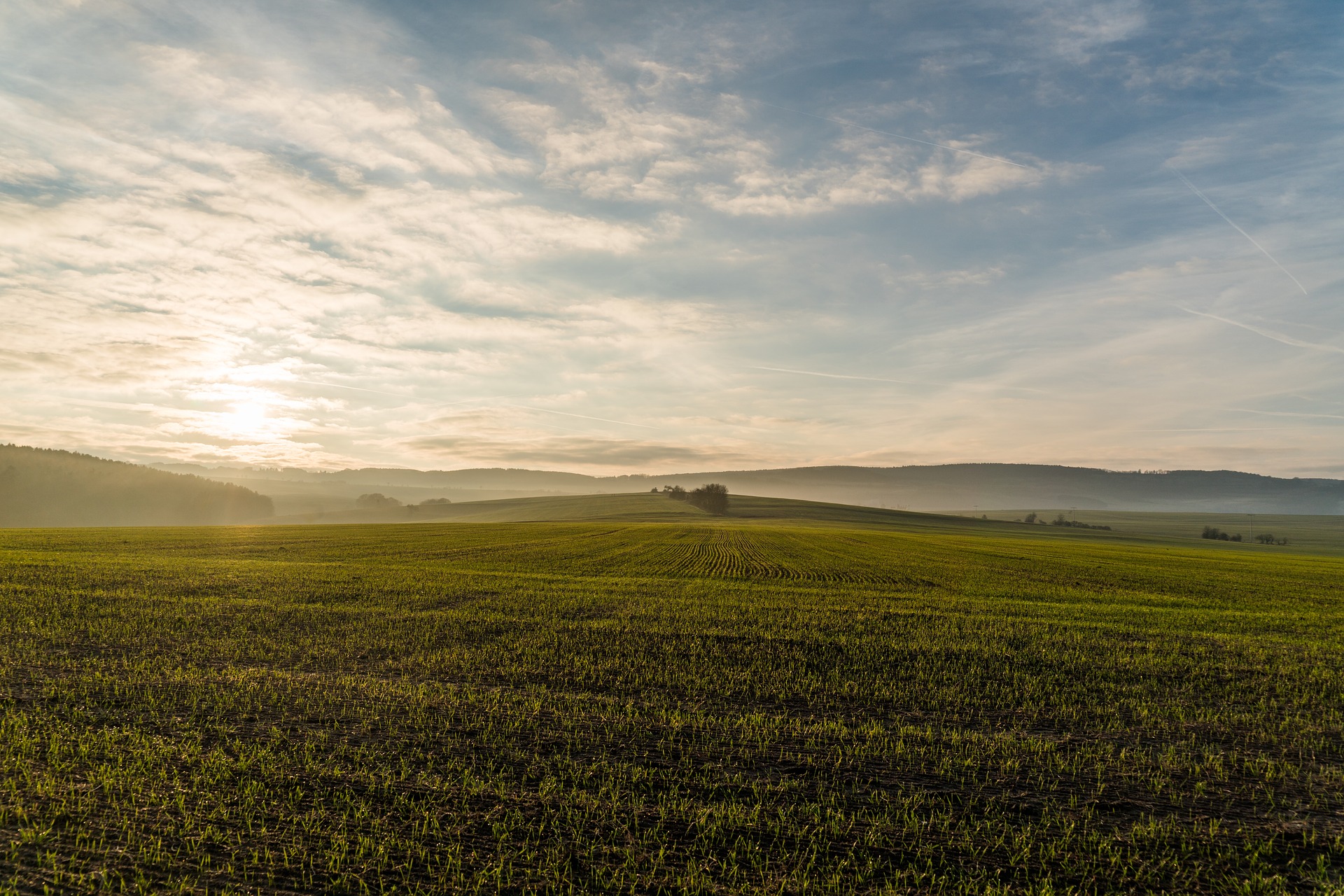
Not Moving Position
Another mistake we can be guilty of is standing rigidly in position. This means not only moving around to find the best ground position but also trying to change our elevation. This can be either up or down
Landscapes that pop often do so because they are not positioned at eye level. Try to get down low and use the foreground as part of the overall composition. Alternatively get up high and shoot down, perhaps removing the sky altogether and giving a very interesting perspective.
Over Processing In Post
The last of the common mistakes takes us into the digital darkroom. Because of the many incredible landscapes images we see on sites like 500px.com we are often tempted to push our landscapes as far as we can. This can often lead to unnatural, garish looking shots that whilst very striking visually really lack the subtlety of color and contrast that truly great landscapes possess.
Every landscape needs post production but take it easy, particularly with HDR, saturation, dehaze, and sharpening. You can easily create a striking yet natural looking landscape with some careful work in post.
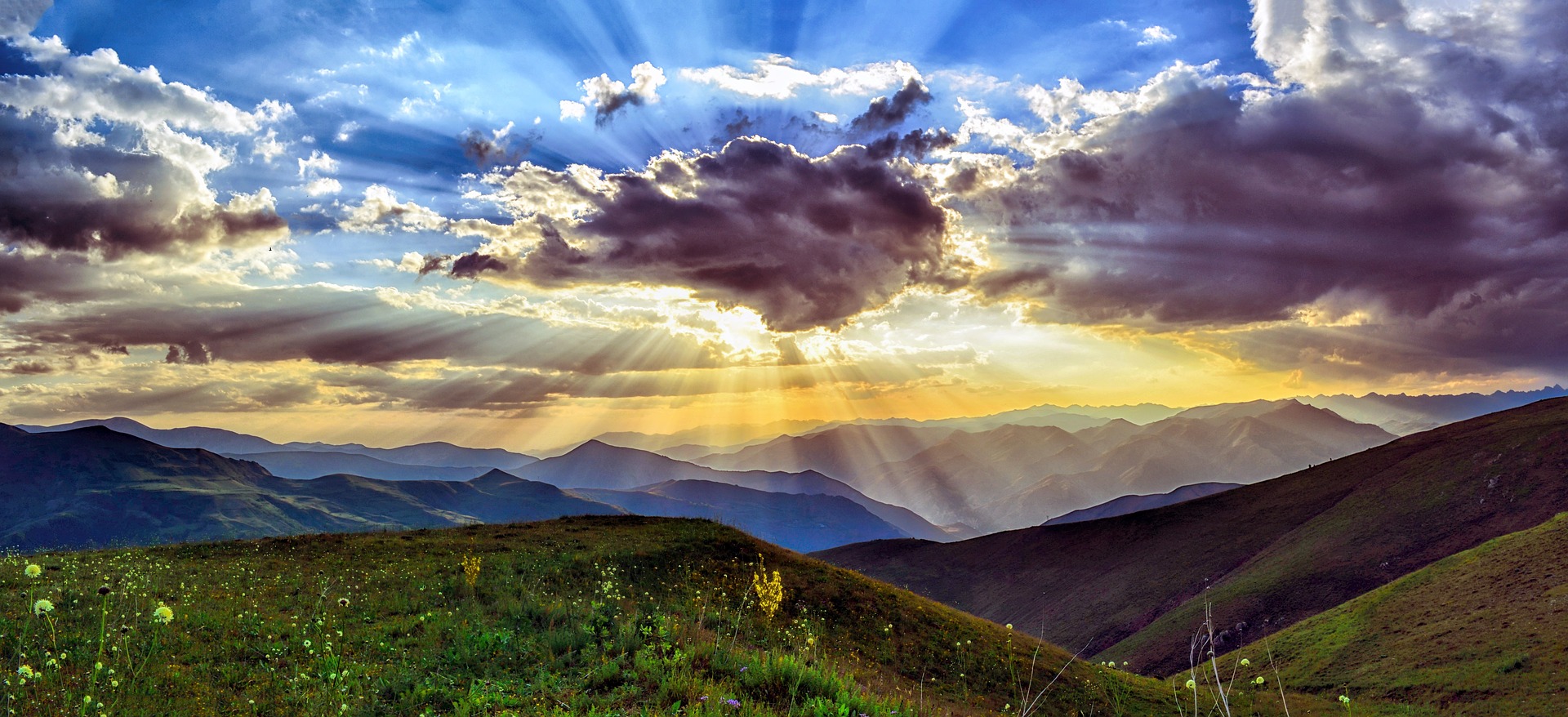
These are a few of the more common errors we can find our landscape photos. Sometimes we are guilty of committing several of these in one shot. When out in the field run through a mental check list:
- Have I found the best position?
- Will the shot look better from higher or lower?
- Is there a subject in the scene?
- Does my foreground compliment my background
- Is the horizon straight?
- Can I hold the sky or do I need filters?
With this simple checklist, you will soon find yourself eliminating these mistakes in landscape photography.



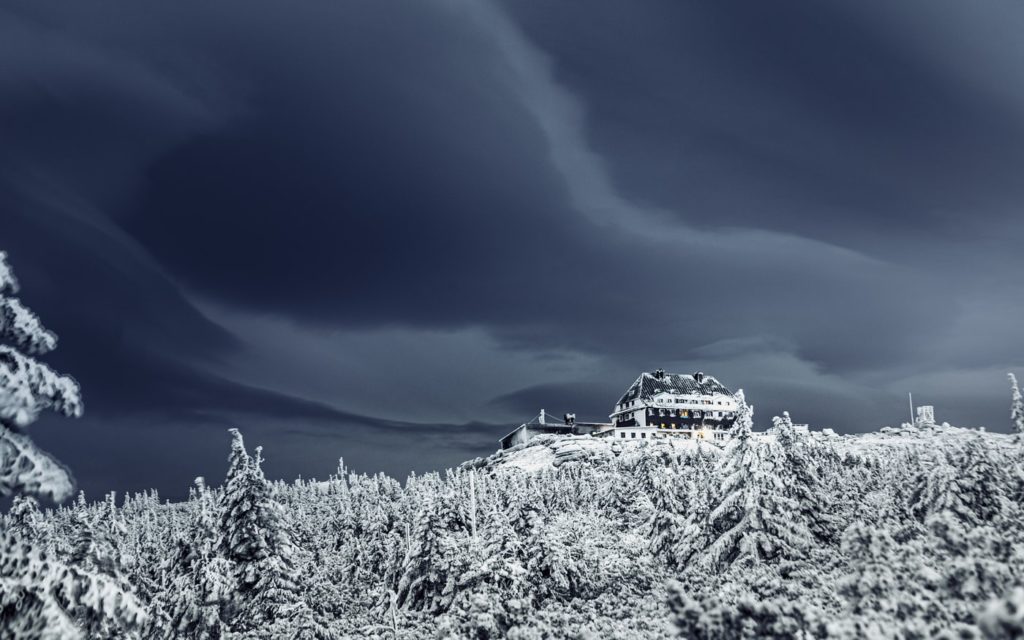

3 Comments
Really helpful information for photographers. These tips and this post is awesome!
Thanks!
I like your thoughts but disagree when you say Landscapes are easy to shoot. Many Landscape Photographers are up before the crack of dawn or after sunset sitting up their gear in somewhat challenging weather conditions wind, sleet, rain, snow..Understanding aperture and exposure is only a fraction of what makes it not so easy. It’s also knowing how to use ones filters ND and Graduated. It’s pushing oneself to stay out in below freezing temps to get that shot. It’s knowing how to relay what your spirit and heart see into an image. To really be a great Landscape photographer you do need to master your gear and above all have your viewers “FEEL” what it is your feeling and trying to convey with your final image. I so dislike it these days when everyone thinks that Landscape photography is so easy….Trust me, it’s not. It takes dedication to ones craft, passion and a LOVE for nature to really get Landscape Photography down. I have lived in Colorado my entire life and I can tell you that to succeed you really do have to have all of these things and then some.